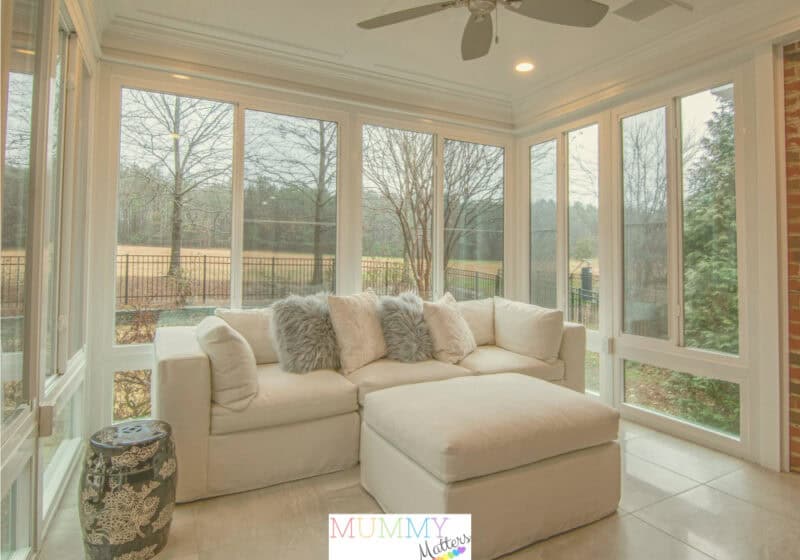Sunlight, Privacy, and Style: Finding the Sweet Spot for Your Windows
Table of Contents
There’s something almost poetic about the way sunlight spills into a room. It can make the air feel lighter, the walls seem warmer, and even your morning coffee taste a little better. But as lovely as it is, too much of it can be… well, a lot. One minute your home feels open and alive, the next you’re wrestling with glare, heat, and fading furniture.
The real trick isn’t choosing between light and privacy; it’s finding that sweet spot where your windows let the outside in just enough. The balance where your rooms feel bright and alive, but never exposed or overheated. That’s where sunlight, privacy, and style start to work together instead of fighting for attention.
When Natural Light Becomes too Much of a Good Thing

We all crave natural light. It’s uplifting, energizing, and can even make a space feel larger. But when the sun hits just right, or rather, too right, you’re suddenly squinting through glare while your furniture slowly fades. The afternoon heat builds, your air conditioner works overtime, and those dreamy sheer curtains don’t stand a chance.
That’s when light control becomes more than a design preference; it’s a practical necessity. Strategic shading, like layered blinds, UV-protective coatings, or clever placement of indoor plants, lets you tame the sunlight without losing its warmth. Think of it as setting the “mood lighting” for your entire home, naturally.
Modern Ways to Enhance Privacy Without Darkening Your Rooms
Traditional window coverings used to force a compromise: privacy or light. You could have one, but rarely both. Modern design, thankfully, has caught up with the way we actually live.
Today’s solutions are smarter and subtler. Frosted films, adjustable blinds, and translucent shades give you control without leaving your rooms in shadow. Some homeowners are even turning to window tinting as a sleek, minimalist way to maintain privacy while still enjoying a bright, airy space. It’s not just about keeping out prying eyes—it’s about comfort, energy efficiency, and that clean architectural finish that instantly makes a home feel more refined.
Real-World Window Upgrades Homeowners Swear By
Talk to anyone who’s recently updated their windows, and you’ll hear one thing: small changes can make a big difference. A light-filtering roller shade that softens glare in the mornings. A smart glass option that adapts to the sun’s intensity. Or even automated blinds that respond to your routine, opening with your alarm and closing as the evening settles in.
These upgrades aren’t just about aesthetics; they’re about lifestyle. They create homes that work with you, not against you. The best part? You don’t have to overhaul every window to see results. Start with the areas that get the most sun or where privacy feels compromised, like street-facing living rooms or ground-floor bedrooms, and you’ll instantly feel the change.
Designing with Light in Mind
Every room has its own relationship with light. A north-facing kitchen might need all the brightness it can get, while a west-facing lounge might benefit from soft filtering during the afternoon. The goal isn’t uniformity, it’s harmony. Choose textures, colours, and materials that play well with sunlight: think linen drapes that glow in daylight or matte finishes that diffuse reflections instead of amplifying them.
Architects often talk about “inviting light in” rather than fighting it, and that mindset can change the way you approach your space. When you see sunlight as a design tool, not a nuisance, even the most ordinary window becomes an opportunity.
Finding Balance Between Light and Life
At the end of the day, your windows are more than just a view; they shape how you experience your home. They affect your comfort, your mood, and even your energy bills. Striking the right balance between sunlight, privacy, and style isn’t just about looks; it’s about creating a living environment that feels effortlessly in sync with your day.
Let the light in, just enough to remind you that home is supposed to feel bright, open, and bea



